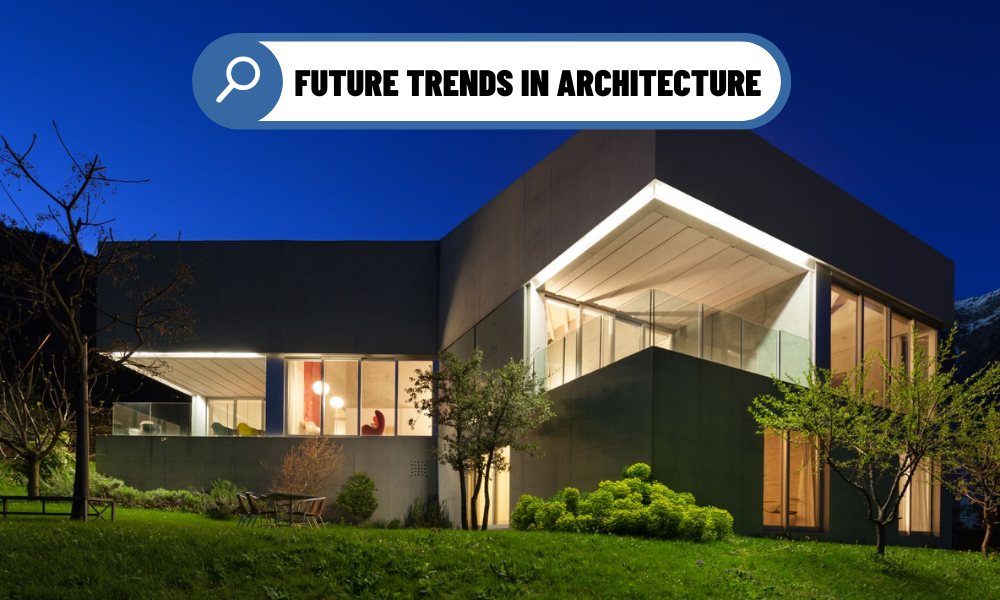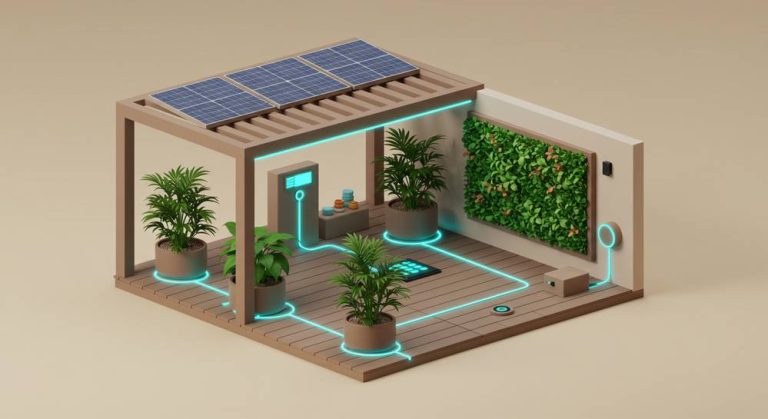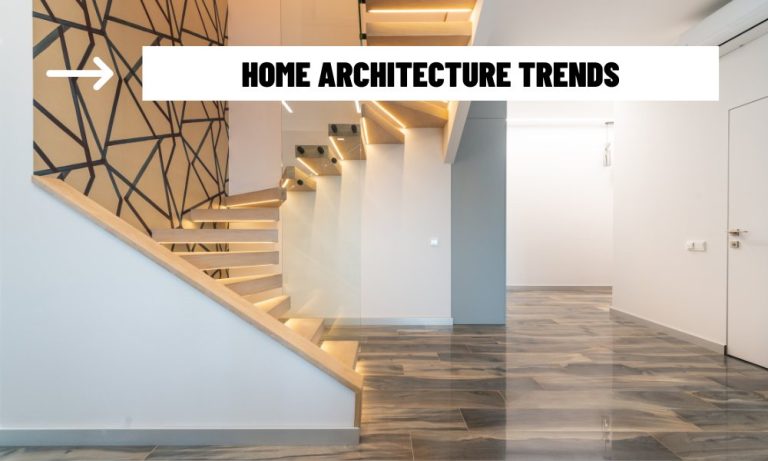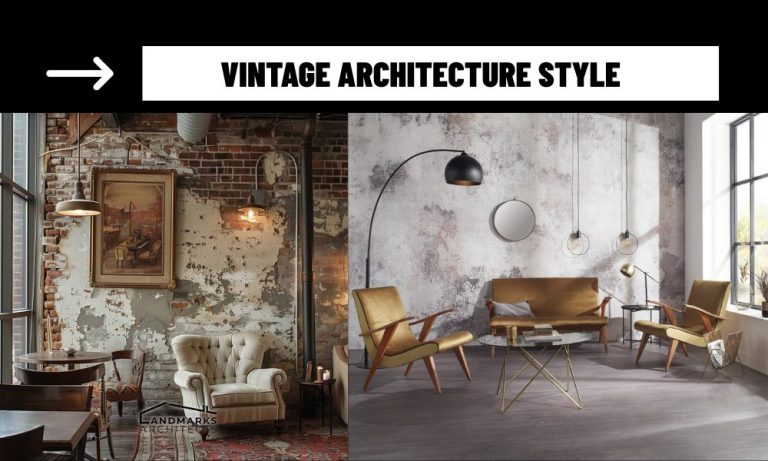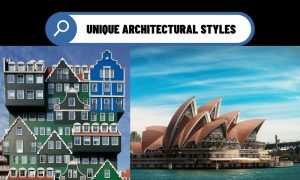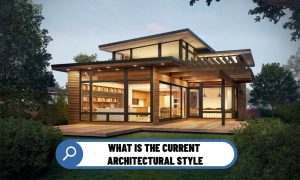The world is changing at an unprecedented pace. With climate change, population growth, urbanization, and rapid technological advances, the architectural industry is being reshaped in powerful ways. Future trends in architecture are no longer just about aesthetic or structural innovation—they encompass sustainability, digital integration, well-being, and adaptability. This article dives into how the architecture of tomorrow is being redefined by these forces.
Sustainable Architecture as the Foundation
The Rise of Eco-Conscious Design
Among the most impactful future trends in architecture is a stronger commitment to environmental sustainability. Green building certifications like LEED and BREEAM are becoming standard, and architects are embedding eco-friendly principles right from the conceptual stage.
Passive Strategies and Renewable Resources
Buildings are now being designed to reduce energy loads through natural ventilation, insulation, and smart orientation. The use of renewable resources such as solar panels, bamboo, and recycled materials is increasing rapidly—turning sustainability from an option to a necessity.
Integration of Smart Technology in Buildings
The Role of IoT and AI
Technology plays a central role in the future trends in architecture. Smart systems using IoT and AI are making buildings more efficient, secure, and user-friendly. From automated climate control to facial recognition security, digital tools are transforming how we use and manage built spaces.
Data-Driven Design
Using real-time data, architects can now understand how people interact with space. This insight is used to improve user experience, energy efficiency, and spatial functionality in future designs.
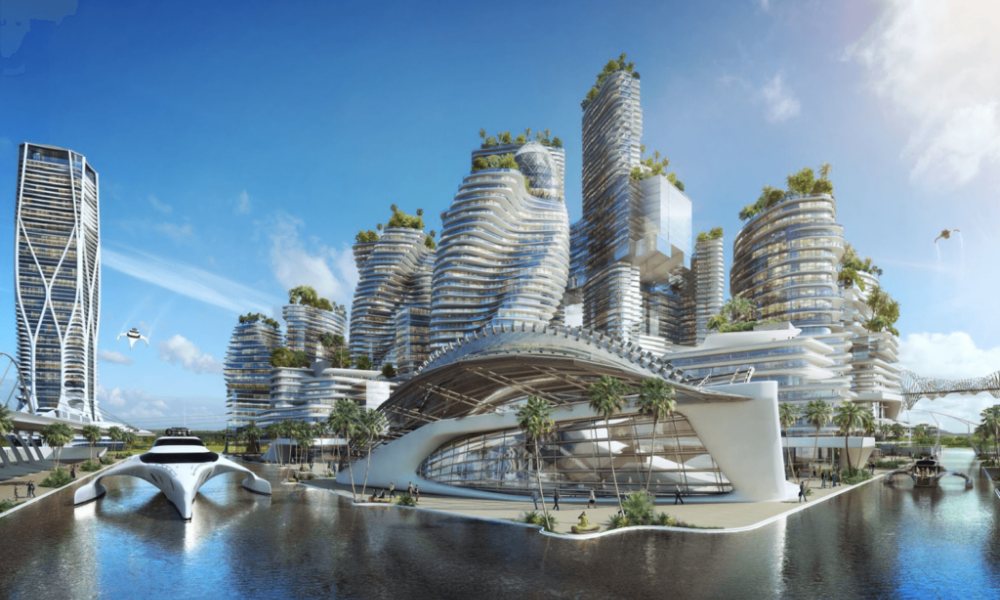
Prefabrication and Modular Building Systems
3.1 Industrialized Construction for a Growing Population
With urban populations expanding, the demand for quick and scalable construction is growing. One of the key future trends in architecture is the adoption of modular and prefabricated systems that allow for faster building processes and reduced environmental impact.
3.2 Flexible and Reusable Spaces
Modular architecture supports the creation of flexible spaces that can be dismantled, relocated, or reconfigured—supporting dynamic cities and changing human needs.
4. Human-Centered and Biophilic Design
4.1 The Importance of Wellness-Oriented Spaces
Architects are increasingly prioritizing physical and mental health. Spaces are being designed to foster calmness, productivity, and social interaction. Natural light, acoustic comfort, indoor greenery, and ergonomic layouts are becoming central features.
4.2 Reconnecting with Nature
Biophilic design, one of the most talked-about future trends in architecture, integrates nature into the built environment—through elements like green walls, natural materials, and water features—to create healthier and more harmonious spaces.
Climate Resilience and Adaptability
5.1 Designing for an Uncertain Climate
Architects are designing buildings that can withstand climate extremes—heat, flooding, and storms—especially in coastal or high-risk areas. Future-proofing architecture is not optional; it’s a survival necessity.
5.2 Floating Structures and Amphibious Design
A unique example of future trends in architecture is the development of floating buildings and amphibious homes that can adapt to changing water levels, offering sustainable living options for vulnerable regions.
As the world evolves, so must our architecture. Future trends in architecture are about much more than new materials or digital tools—they reflect a broader shift toward resilience, equity, and sustainability. By embracing these trends, architects can design environments that are not only functional and beautiful but also capable of supporting a thriving future for both people and the planet.
